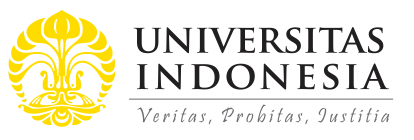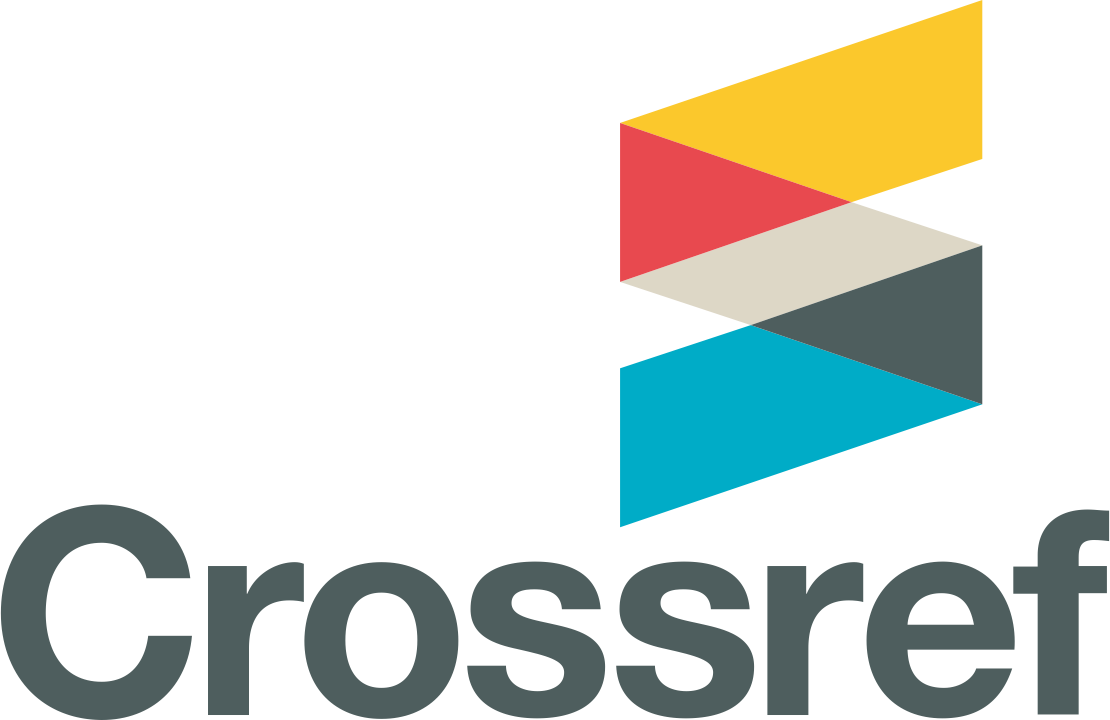Abstract
The study analyzes the beta-return characteristic, considering the asymmetric beta behavior in the up market versus the down market for the Bursa Malaysia (BM). This study uses a sample period from 2001-2015 with two dual-beta models, the capital asset pricing model (CAPM), and the Fama-French, three-factor (FF3F) model, to examine 60 stocks listed on the bourse. The estimated return and beta indicate that most stocks have experienced an increasing (decreasing) beta in the downtrend (uptrend) period. It is inferred that investors are rewarded with a positive risk premium for holding an asset in the down market, while the upside beta carries a negative premium. If news asymmetry captures a significant part of investors' risk perception in the market, there is evidence that a conditional FF3F model is more useful than a conditional CAPM, which is likened to both the dual-beta FF3F and the CAPM in an unconditional context. The purpose of this study is to analyze the beta-return characteristic, taking into account the asymmetric beta behavior in the upmarket versus the down market in the Bursa Malaysia (BM). This study takes place over a period of 15 years from 2001 to 2015 and utilizes dual beta models of CAPM and Fama-French model to examine 60 BM-listed stocks. The estimation of return and beta indicates that majority of stocks have experienced an increasing (decreasing) beta in the downtrend (uptrend) period. It is also inferred that investors are rewarded with positive risk premium for holding the asset in down market, while upside beta carries the negative premium. If news asymmetry is considered to capture a significant part of investors' risk perception in the Malaysian market, the findings constitute evidence that conditional Fama-French model is more useful than the conditional CAPM likened with both dual beta Fama-French 3-factor model and CAPM in unconditional context.
Recommended Citation
Teh, Kim-Sin and Lau, Wee-Yeap
(2017)
"The Dual-Beta Model: Evidence from the Malaysian Stock Market,"
Indonesian Capital Market Review: Vol. 9:
No.
1, Article 4.
DOI: 10.21002/icmr.v9i1.6367
Available at:
https://scholarhub.ui.ac.id/icmr/vol9/iss1/4












